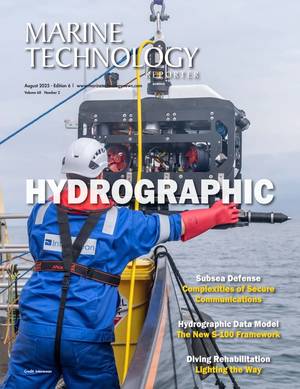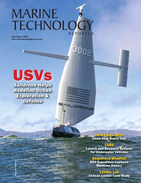Turbidity Currents and Their Effects on Subsea Fibre Optic Cables
When sediment becomes suspended within a mass of water, this increase in density causes the water body to begin moving downslope under the influence of gravity. This is termed a turbidity current. These high-energy currents can form through several different processes but three of the most common are offshore of rivers during flooding events, where large amounts of sediment are carried out to sea and then begin to move down the continental slope following volcanic eruptions such as Tonga as the eruption column collapses and during landslides caused by earthquakes, where the finer sediment thrown up by the main slide becomes suspended in the water.
Turbidity flows are most commonly a threat to cables laid across submarine canyons, particularly though not exclusively those offshore of large rivers such as the Congo Canyon in West Africa due to the increased sediment supply. Even flows that originate outside the canyons will often be ‘captured’ by them as they descend the continental slope.
Turbidity currents can be a key risk for fiber optic cables through three main mechanisms. Firstly, close to their source, turbidity currents are erosive. As they move across the seabed, the currents dig into it and entrain more sediment into the flow. This can expose a buried cable to damage from other sources or from the other mechanisms by which turbidity currents cause cable failure. The second is by moving a suspended cable in the water column, causing abrasion against the touchdown points at either end of the suspension. This abrasion wears through the cable armoring (if present) and insulator, exposing the conductor and/or damaging the optical fibers to cause a fault. Thirdly, debris carried by the flow can impact upon the exposed cable, damaging or severing it.
Globally, around 200 faults have occurred within the mapped boundaries of submarine canyons. Excluding those known to have been caused by human activity or intrinsic failure of the cable’s systems, this leaves 118 faults since 1965 after apportioning unknowns based on the known fault causes. This equates to two faults per year, although they are more common in our database in recent years due to both the increasing number of cable systems and improved recording of faults.
Since January 2020, 37 faults have been recorded within submarine canyons, of which 24 (65%) are thought to have been due to natural processes. By comparison, faults originating from all natural causes over the same time period made up less than 18% of the global dataset. This illustrates the heightened risk cable systems take when they cross over these features, the necessity of planning the route to avoid them wherever possible, and the risks mitigated where not. Our route engineering team is fully aware of the impact that canyons and turbidity currents can have on new systems and takes this into account at the earliest stages of route design, minimizing the risk.

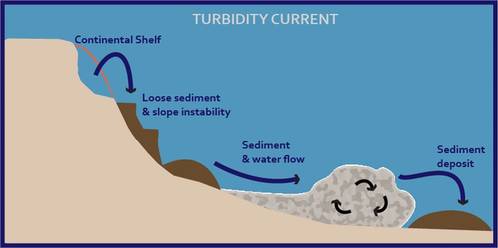

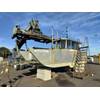
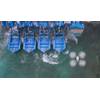


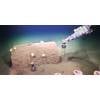







 August 2025
August 2025
